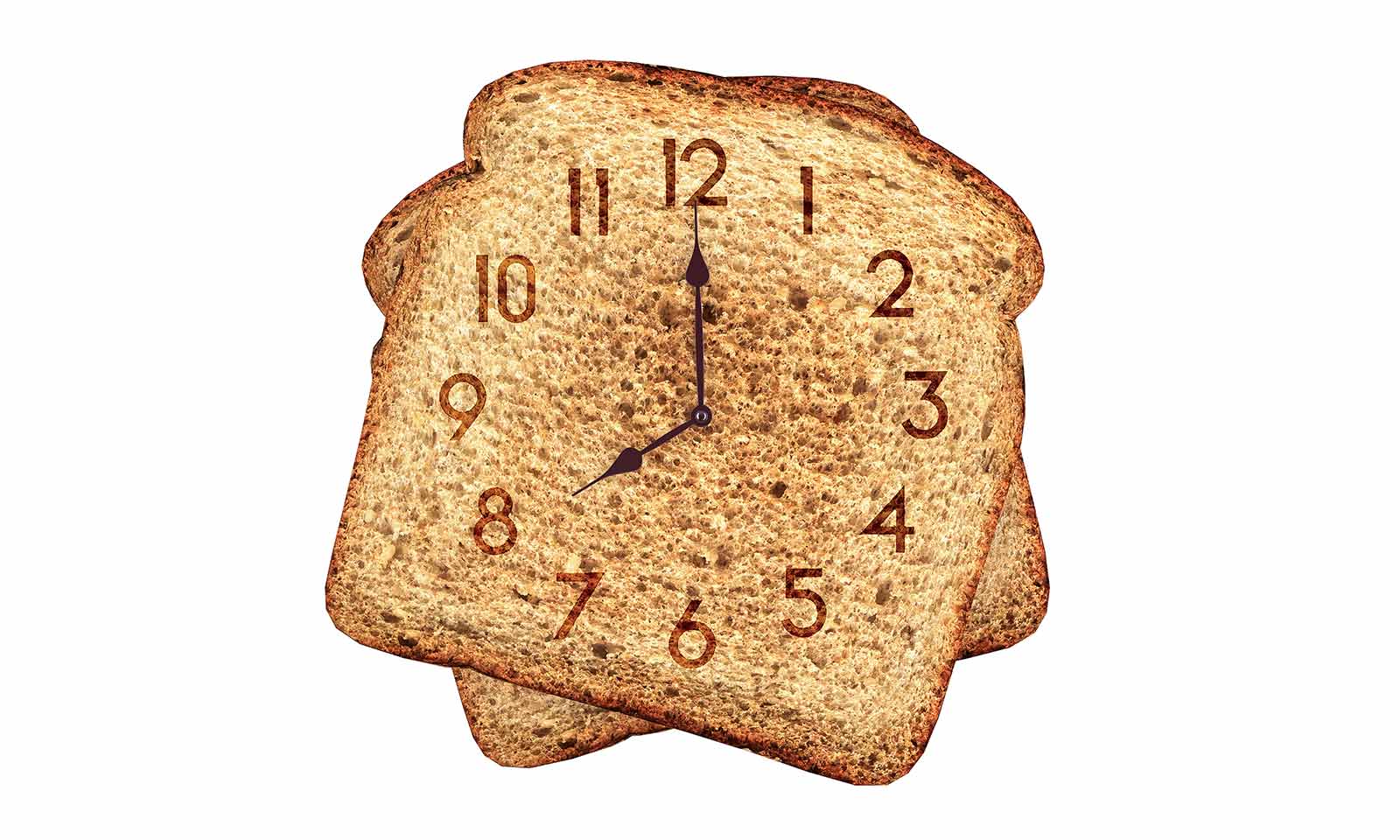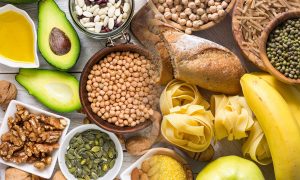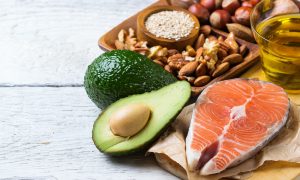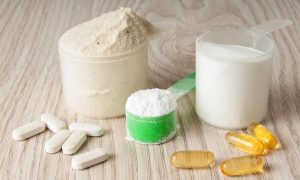What Is Carb Cycling? An In-Depth Guide

|
|
Individually, losing weight and building muscle is difficult, so to attempt to do both simultaneously will be incredibly tough, with only a select few individuals in the world being able to do so. Sure, we can burn fat and then build muscle by bulking up cleanly a few weeks later, but to simultaneously burn body fat whilst increasing your lean muscle mass, that would put you into a whole new league of your own. Obviously when it comes to fat loss and muscle growth, diet and nutrition both play key roles in what it is that you’re looking to accomplish, and rightfully so. If your diet sucks, you aren’t going to make any real progress in the slightest, no matter how hard you push yourself in the gym. If however, you have your diet on point, used in conjunction with a smart training routine, the results and improvements that you see on your physique will astound you, and will become more and more obvious with each passing week. Carbohydrates play a vital role in how we look, and indeed in how we function and perform in the gym, which is why carb cycling programs are becoming more and more common with each passing day. If you’re unfamiliar with carb cycling, we’ll now be taking a look at what it is, how it is performed, and how it can benefit you when we delve deeper in the world of carbohydrate cycling by providing an in-depth guide.
What is carb cycling

Nowadays, most diet plans are extremely complex and difficult to follow and understand, with some people finding themselves being overwhelmed by the entire process, and reverting back to old ways. Carb cycling however, is extremely simple, which is one of the reasons why it is considered to be so successful. Put simply, carb cycling requires you to rotate your carbohydrate consumptions throughout the week, so that on some days you will consume low carbs, some days you will consume moderate carbs, and one day a week you will consume high carbs, which will act as a re-feed day, designed to replenish glycogen stores. As far as protein consumption goes, protein consumption should constantly remain high, as it is vital for muscle growth and repair, plus it allows you to burn more body fat and ramp up your metabolism in the process. Your fat consumption however, is linked to your carb consumption. So, for example, on low carb days, fat intakes should be high, and on high carb days, fat intakes should be low.
Which days are which?
In reality, the good thing about carb cycling is that you can switch things up slightly, based upon your own specific needs and requirements, although before you get excited, you can only have 1 high carb day per week. A couple of typical splits may look something like:
Mon-Tues – Low Carb
Weds – Moderate Carbs
Thurs – High Carbs
Fri-Sat – Low Carb
Sun – Moderate carbs
Another could be:
Mon – Weds – Low Carbs
Thurs – High Carbs
Thurs – Fri – Moderate Carbs
Sat – Mon – Low carbs
Things to know about carb cycling

Now we’ll take a look at a few things to know about carb cycling and training principles:
Always have high carb days on days when you train heavy – On days when you plan on training heavy in the gym, and really push yourself, you should ensure that you structure your diet so that your high carb day falls on this day. This is because you need carbohydrates in your body and in the muscles before you hit the gym, as they will provide the glycogen for the muscles which will get them through the workout.
High carb days mean high carbs – On days when you’re on high carbs, you need to ensure you really are getting enough into your system, so even if you aren’t a fan of carbs, you’ll need to force yourself to eat more than you’re used to. We’ll look at the amounts required in a little while.
You will feel pretty awful to begin with – Initially, when you first begin your new routine, on low carb days, you will feel pretty awful, and there’s no way of getting around that. Your body will be used to carbs, and when you take them away, it will come as a shock to the system.
Keep weekly calorie targets the same – In order to ensure that you’re effectively losing body fat, you will need to make sure that calorie consumptions remain the same as they were beforehand, I.E, you will still need to be in a deficit to lose fat, though obviously, on low carb days, calories will come primarily from fats and proteins. Say for example, for maintenance, you need 2000 calories per day. Per week, that would put you at 14,000 calories for maintenance. To lose weight, you need a slight deficit, so you will use the 14,000 as a guide. Plan your meals accordingly, so that on high carb days, when calories are higher, the next day your calories even themselves out by being lower. Put simply, give yourself a weekly weight loss calorie target, and make sure you hit it each week.
How many carbs should you eat?

Now that we’ve covered the basics, it’s now time to look at how many carbs you should be consuming on which days.
High carb days – High carb days will be very well received by you, and you’ll look forward to these days the most. On high carb days, you need between 2 and 2.5g of carbohydrates, for every pound that you weigh. So, if you weighed 200 pounds, you would need between 400 and 500g of carbs a day.
Moderate carb days – On moderate carb days, you drop carb consumption down to 1.5g of carbs per pound of bodyweight, so, again, a 200 pound person would require 300g of carbs each day.
Low carb days – On low carb days, carb consumptions should be down to just .5g of carbs per pound of bodyweight. So, our 200 pound individual would be taking in just 100g of carbs per day.
Zero carb days – Some people choose to implement a zero carb day into their routine, to really strip away the body fat, and with this, as the name suggests, your carbs will be down to virtually zero. In reality, you can get away with 30g of carbs per day, although they must come from vegetables rather than simple carb sources.














